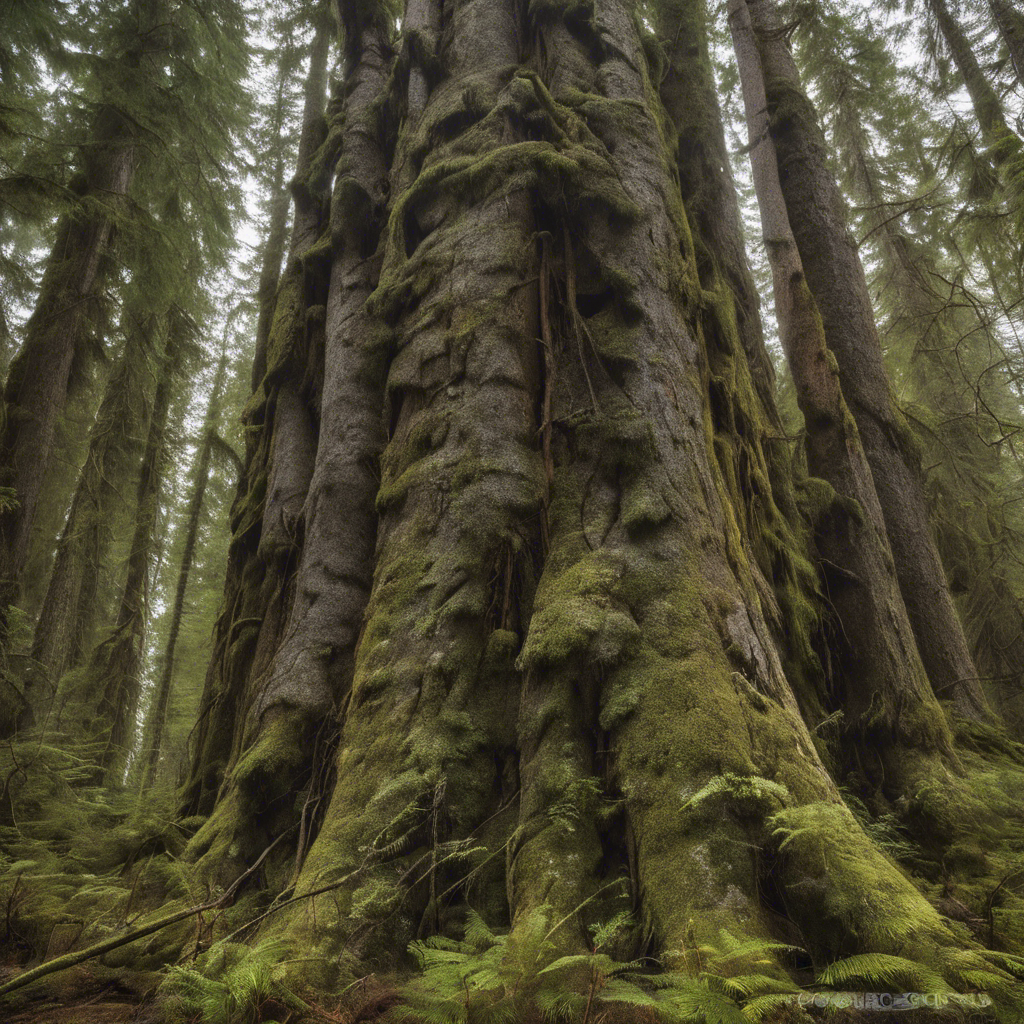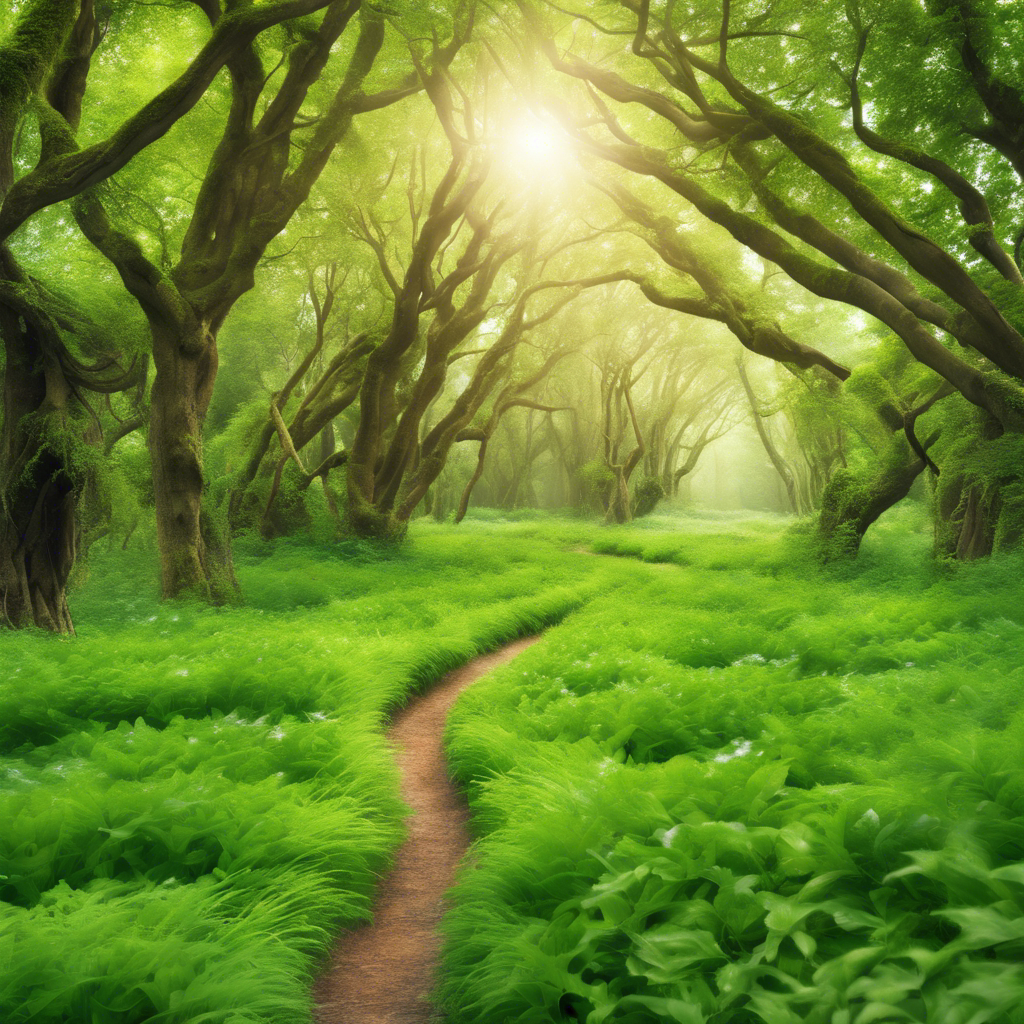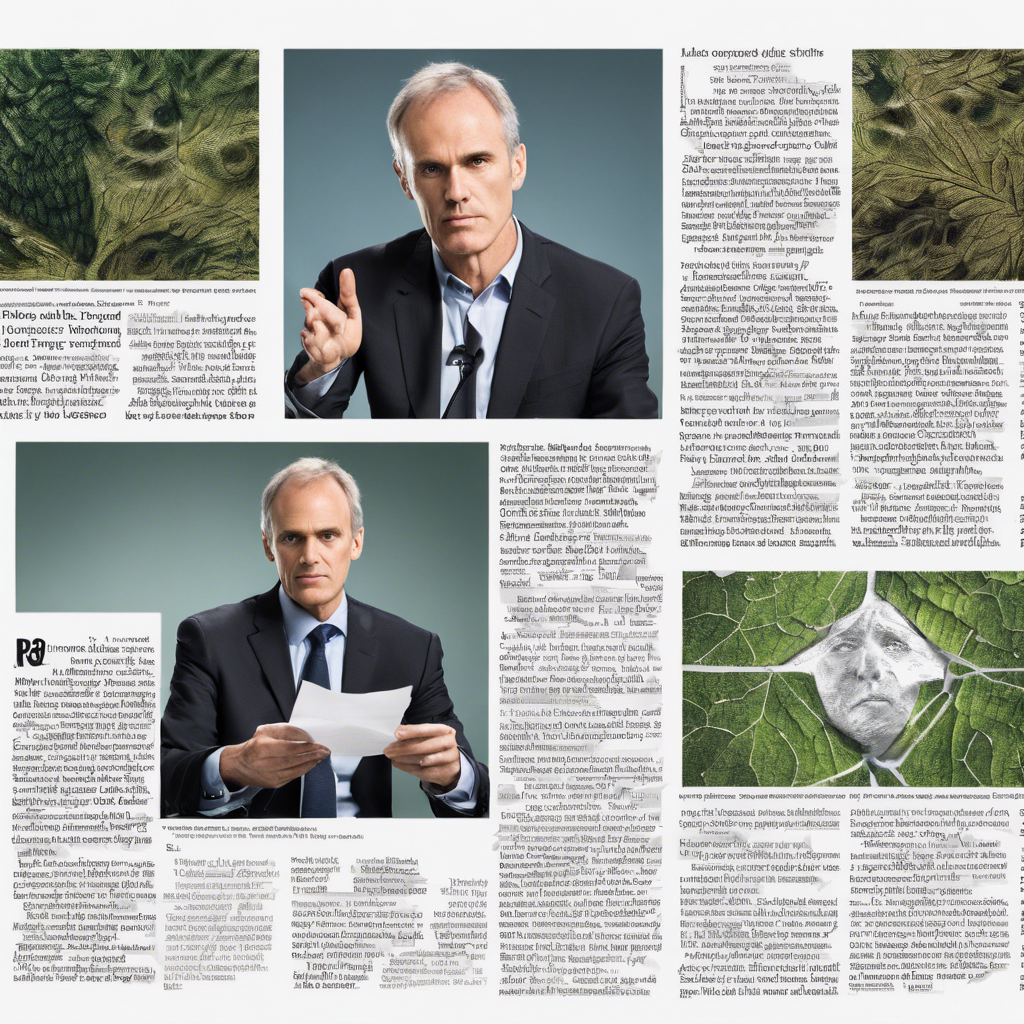Unveiling the Discovery of a Majestic Cedar and the Need for its Protection
In the depths of British Columbia’s old-growth forests, a remarkable discovery has been made. A nature photographer and co-founder of the Ancient Forest Alliance, TJ Watt, stumbled upon one of the largest old-growth cedars ever documented off the coast of Vancouver Island. Dubbed “The Wall,” this majestic tree stands as a testament to the awe-inspiring beauty and ecological importance of these ancient forests. However, rather than sharing the location with the world, Watt has chosen to keep it a secret, in collaboration with the Ahousaht First Nation. This decision aims to protect the sensitive area from potential harm caused by uncontrolled visitation.
The Magnificent “Wall”:
“The Wall” is a living testament to the grandeur of nature. Standing at an impressive height of 151 feet and boasting a diameter of 17 and a half feet, this old-growth cedar is estimated to be over 1,000 years old. Watt, an experienced nature photographer, expressed his astonishment, stating that he had never encountered a tree as remarkable as “The Wall” in all his years of exploration. The tree’s unique characteristic of widening as it grows taller adds to its mystique, evoking a sense of awe and wonder.
The Importance of Old-Growth Forests:
Old-growth forests, like the one harboring “The Wall,” play a vital role in maintaining biodiversity, providing habitat for wildlife, and storing carbon. These ancient ecosystems have been shaped by thousands of years of natural processes, fostering a delicate balance of life. However, these forests face numerous threats, including pollution, human-caused extreme weather events, and the logging industry.
The Battle to Protect Old-Growth Forests:
While Canada’s largest documented tree, the Cheewhat Giant, stands tall in the protected Pacific Rim National Park Reserve, the fate of many other old-growth forests remains uncertain. According to the Ancient Forest Alliance, 80% of the original old-growth forests on Vancouver Island have already been logged. This alarming statistic underscores the urgent need to safeguard the remaining ancient trees and their delicate ecosystems.
The Decision to Keep “The Wall” Hidden:
Watt’s decision, in consultation with the Ahousaht First Nation, to keep the location of “The Wall” a secret is driven by a desire to preserve the integrity of the area. By avoiding the potential trampling and disturbance caused by uncontrolled visitation, the ancient cedar and its surrounding ecosystem can continue to thrive undisturbed. This approach aligns with the broader mission of the Ancient Forest Alliance, which aims to protect and conserve endangered old-growth forests.
Conclusion:
“The Wall” stands as a symbol of the beauty and fragility of British Columbia’s old-growth forests. Its discovery highlights the urgent need to protect these ancient ecosystems from further degradation. While the decision to keep its location hidden may disappoint some nature enthusiasts, it is a necessary step to ensure the long-term survival of “The Wall” and the delicate balance of life it represents. As we navigate the challenges of preserving our natural world, it is crucial to remember that some treasures are best kept hidden, allowing them to flourish in their secluded splendor.











